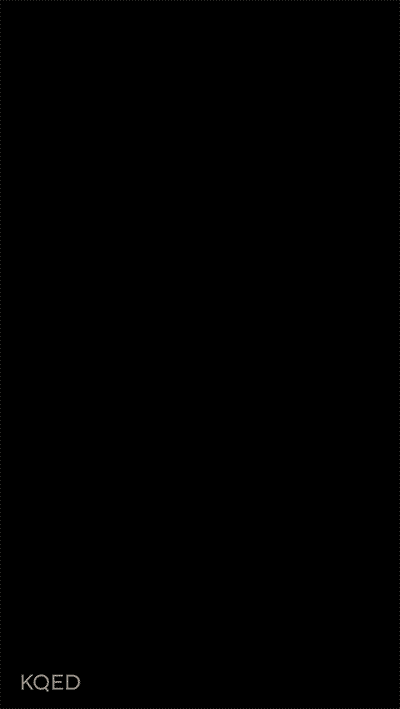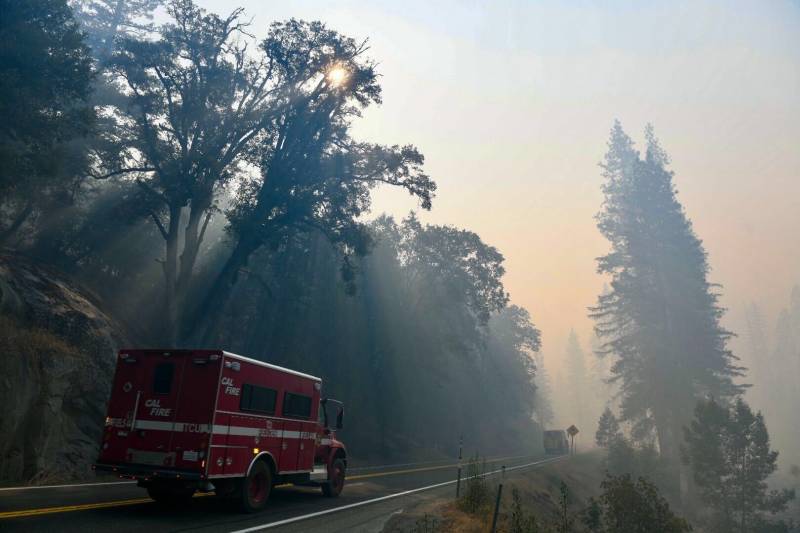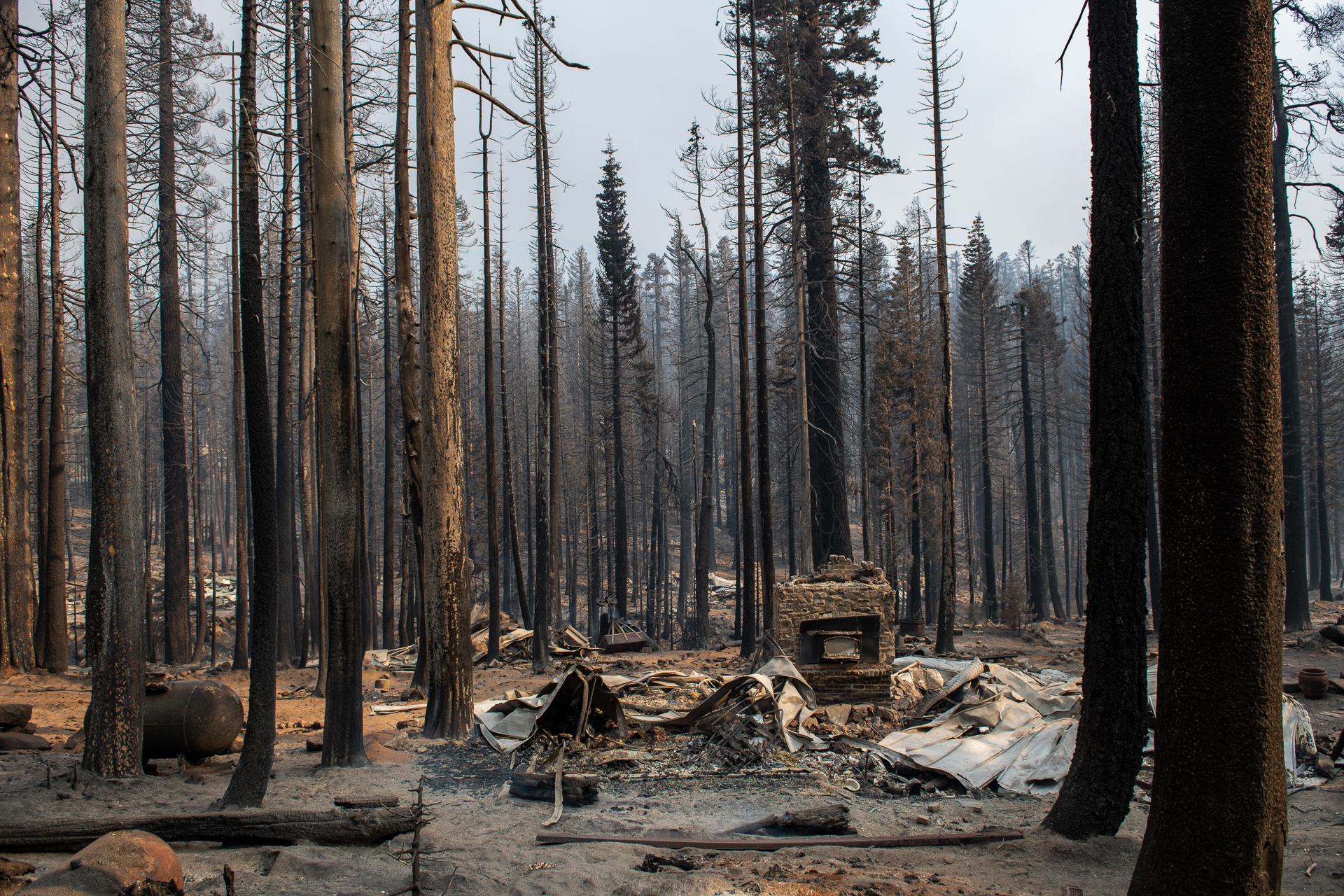How can you create community-based solutions?
"Fires are a human-caused problem, and that means that humans can be part of the solution," Venton said.
Through her reporting, Venton has met neighbors who are taking fire prevention into their own hands.
In the Fresno County town of Shaver Lake, bordered in part by land owned by Southern California Edison, communities spent decades putting in fire breaks and setting prescribed burns.
While this approach might seem long and fairly unglamorous, their mitigation efforts helped interrupt the spread of the 2020 Creek Fire, which ultimately saved their town from devastation.
In the end, regarded as heroes were the firefighters, rather than the foresters and land managers who spent a decade building fuel breaks and lighting “good fires” as part of their mitigation strategy.
"People who extinguish flames are called heroes. People who trim brush and light prescribed fires aren't thought of that way," Venton said earlier this year.

But Venton also points out that wildfires are a multifaceted and constantly evolving problem. One solution does not fit all. The solutions themselves are constantly evolving as well.
In her reporting, she says attention often falls on where mitigation attempts to prevent catastrophic fires have failed. "Of course, some fires are not going to respond to a firebreak," she explained. "That doesn't mean it's not worth it."
She points to an analogy of seatbelts.
In the 1950s, cars were incredibly dangerous and accidents could result in serious injury or death. But after iterations of new safety strategies, cars are now manufactured to include seatbelts, "crumple zones," and airbags. That shift came about after years of experimenting and testing multiple solutions. The same goes for future wildfire prevention, which could involve variations of mitigation strategies.
If not all fires are bad, what about wildfire smoke?
“Wildfire smoke is likely the No. 1 way Californians will feel the effects of fires and really the effects of climate change,” Venton said. “Smoke is really its own natural disaster.”
The 2018 Camp Fire in Butte County nearly obliterated the town of Paradise, killing 106 people and displacing thousands. On top of that devastation, researchers estimated that the smoke of that fire killed an additional 3,600 people.
"That’s 30 times more than a heart attack or respiratory illness," Venton added.
But Venton says a major solution to mitigating hazardous levels of wildfire smoke would involve dramatically scaling up the amount of controlled and prescribed fire.
"A little bit of smoke we should not worry about," she explained. "It's the really heavy, toxic smoke when homes and cars [burn] — and that's the really bad smoke."
Venton urges us to reconsider the notion that blue skies mean ecological balance.
Bill Tripp, a member of the Karuk Tribe and an advocate for a return to prescribed burns, told Venton that California's skies have always been hazy.
"The historical records show that the forest looked like a well-pruned orchard with a constant haze of smoke in the air," he said. "That haze, constant haze is part of that natural background. And that's what people don't understand."
But identifying ways to protect people from the hazardous smoke emitted from megafires is a necessary part of our fire conversation now. Researchers and journalists are just now measuring the full impacts smoke has on communities. For her part, Venton urges that questions like how to access affordable air purifiers and reliable information on air quality be part of these conversations.
How can we live with fire?


